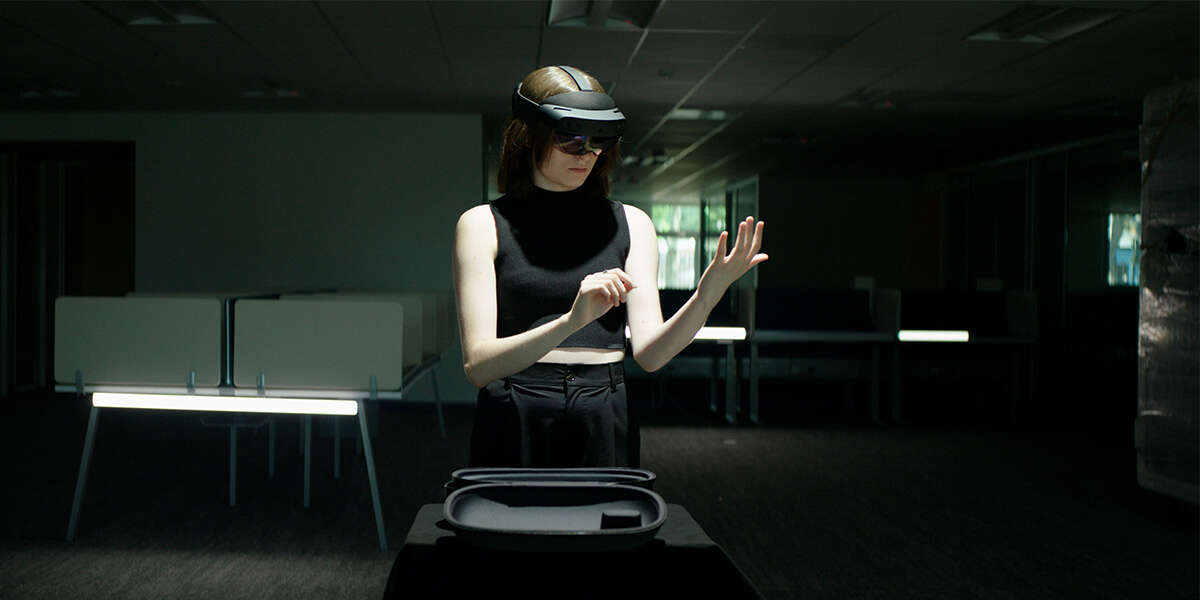
Team Aegis UI/UX designer Caitlin Sullivan experiments with Microsoft HoloLens AR technology for Senva 2
As NASA pursues Artemis, the next phase of Moon landings – and onward, to Mars – astronauts will need to be equipped with next-level kit. Central to this will be devices that enhance autonomy, communicating real-time information about geology, navigation, atmospheric conditions and vital signs, without relying solely on communications from mission control back on Earth.
NASA SUITS (Spacesuit User Interface Technologies for Students) leverages the bright ideas of graduate and undergraduate student teams to integrate augmented reality (AR) features into spacesuit design, creating a seamless interface that will enable astronauts to perform dangerous extravehicular activity (EVA). The goal is to increase access to information while lowering the stress of cognitive workload.
Since last year’s successful participation in NASA SUITS, USC students have further optimized their design as part of a dedicated class within the USC Viterbi School of Engineering Department of Astronautical Engineering. “The USC SUITS team is one of those unique projects that truly brings students from different disciplines together to solve real problems and advance the state of the art,” said David Barnhart, director of the USC Space Engineering Research Center. “The emergence of augmented reality to enable hands-on “off-world” tasks provides a unique method to increase safety, efficiency and the overall ability to explore.”
This year’s “Team Aegis” is a collaboration between USC and the University of California, Berkeley. Students bring perspectives and skillsets from disciplines including astronautics, mechanical and electrical engineering, computer science, UX design, and anthropology.
Between May 18-22, the team travelled to NASA’s legendary Johnson Space Center in Houston, Texas, for test week, where they pitched their prototype for SENVA 2 (Surface Exploration Navigational Visual Assistant) – an AR headset that provides crucial information to astronauts venturing outside their vehicles and into the great unknown.
The video below gives a taste of their pitch, with an emphasis on an enhanced navigational assistance, advanced computer vision kit and greater accessibility for individuals of varying abilities.
Published on June 5th, 2023
Last updated on June 5th, 2023












